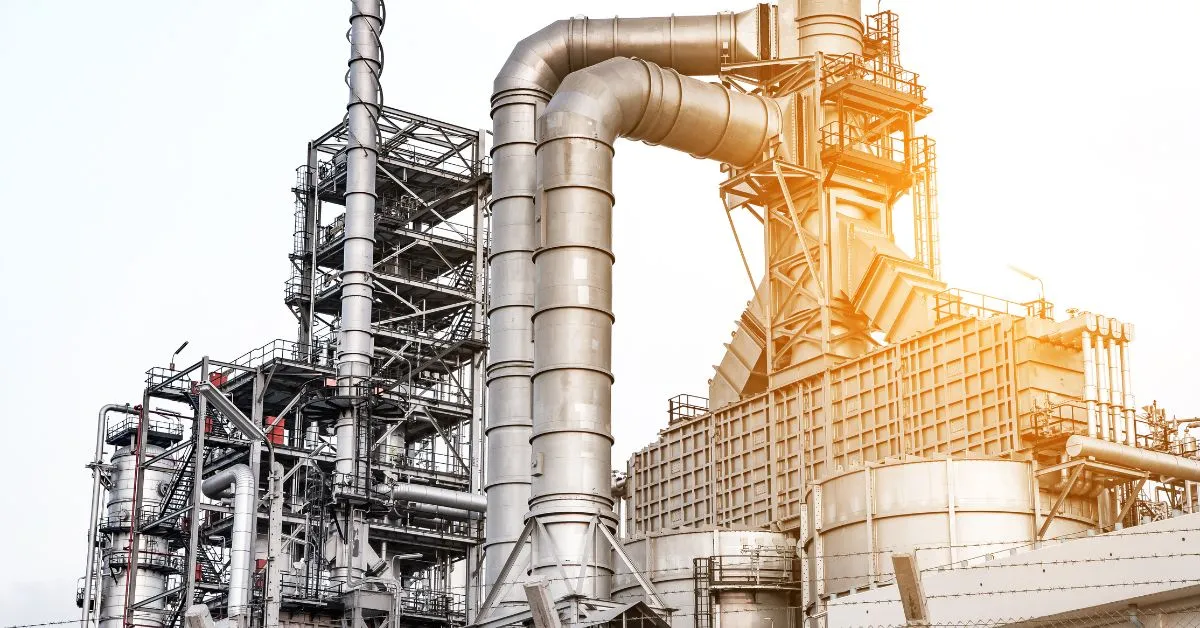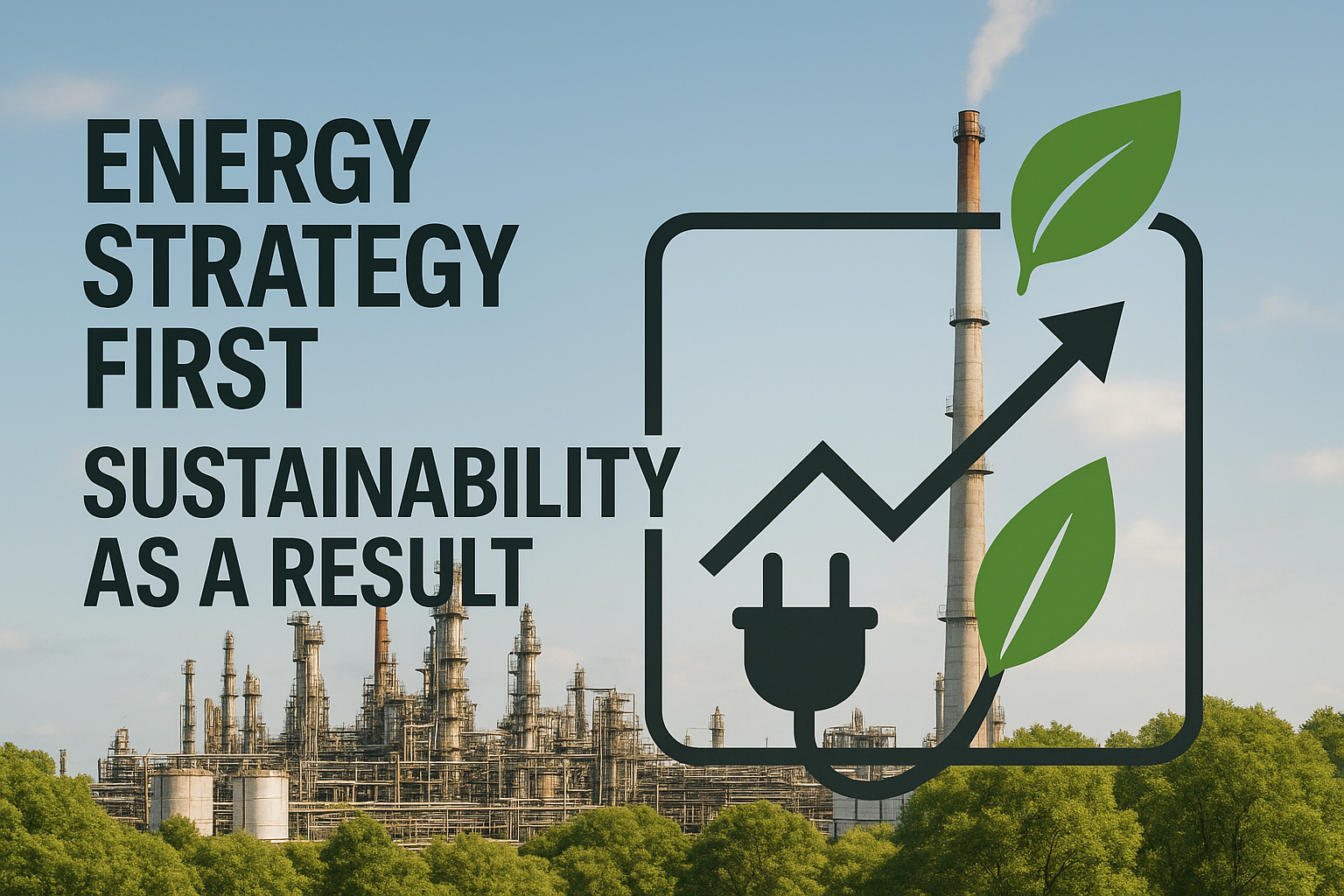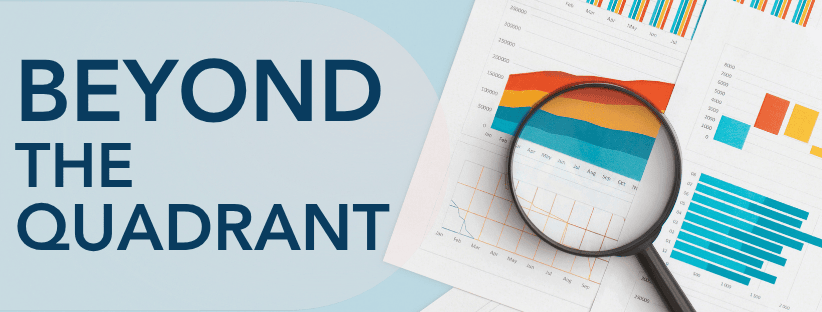Real-time industrial AI is revolutionizing hydrocracker operations, unlocking valuable performance gains for refineries without requiring capital investments. Hydrocrackers play a critical role in determining whether your operation delivers premium products or loses value to hydrogen cost overruns and product giveaway.
However, these complex units present significant control constraints. Feed composition constantly fluctuates, catalyst beds degrade at different rates, and the reaction dynamics resist the steady-state modeling approach that traditional advanced process control (APC) systems depend on. Conventional control methods rely on manual adjustments and delayed lab results, leaving operations teams perpetually reacting hours or even days behind actual process conditions.
Closed-loop AI offers a fundamentally different approach by learning directly from your plant’s historian data and continuously updating setpoints within safe operating parameters. This dynamic optimization happens every few minutes, keeping the unit consistently aligned with optimal performance targets.
Prerequisites: Data Foundation & Baseline KPIs
Before letting AI tune a hydrocracker, you need a solid data backbone. AI optimization learns from granular plant history, so collect at least six months of 1-minute historian and sample results. That window captures catalyst aging, feed swings, and seasonal severity shifts that the model must understand.
Your system should stream these critical tags:
- reactor temperatures and pressures
- H₂-to-hydrocarbon ratio
- catalyst ΔP
- feed and product assays
- heater duty
- recycle gas purity
- lab sulfur data
These signals already reside in your distributed control system (DCS) and traditional advanced process control (APC). The AI layers on top, writing supervisory set-points without disturbing existing interlocks. Establish a clean baseline—conversion percentage, net hydrocracker margin ($/bbl), off-spec barrels, and catalyst run length—so you can quantify improvement.
Continuous data cleansing and alignment keep models trustworthy, ensuring noisy tags never drive poor decisions. With this foundation in place, you’re ready to deploy real-time optimization strategies.
Closed-Loop AI for Real-Time Reactor Optimization
Closed-loop AI delivers tighter reactor control by continuously updating setpoints rather than waiting for manual adjustments. This transforms hydrocracker performance through a process that builds operational confidence while maximizing yields.
The system ingests historical data to learn complex relationships between variables and outcomes, identifying patterns human operators miss, like subtle interactions between temperature profiles, hydrogen ratios, and catalyst behavior that affect conversion rates and product quality.
After validation, the system operates with built-in safety hierarchies. A reinforcement learning (RL) agent calculates and writes temperature, quench, and hydrogen targets directly to the distributed control system, maintaining peak conversion while minimizing hydrogen costs despite feed quality shifts.
This responsiveness gives operators clear visibility into optimization decisions through feature-importance maps, building trust and understanding of the AI’s decision-making process.
AI-Driven Catalyst Life Extension
Nitrogen inhibition, metals deposition, and uneven temperature profiles slowly rob hydrocracker catalysts of activity, forcing higher severities and shortening run-lengths. By learning the unit’s historic behavior minute by minute, AI models can spot the earliest signs of those deactivation pathways and quietly reshape operating conditions to curb local hot spots and maintain conversion without excess severity.
The optimization engine focuses on four critical health indicators to guide its decisions:
- ΔT trends across each catalyst bed reveal developing hot spots before they accelerate deactivation
- Reactor pressure-drop progression signals the onset of fouling or coking issues
- Sulfur slip patterns in product streams indicate catalyst activity changes
- Hydrogen consumption per barrel produced tracks overall efficiency as the catalyst ages
These interconnected signals help the AI model build a comprehensive picture of catalyst health. Balancing yield against remaining activity is no longer a matter of manual guesswork.
The optimization engine can continuously recalculate the profit curve, easing severity when marginal hydrogen cost outweighs incremental conversion, then firming conditions as cycle economics shift.
Because the AI learns the catalyst’s aging signature, predictive maintenance windows and recycle gas cleanup can be scheduled proactively, and guardrails can be tightened as the catalyst nears the end of life. Adjusting model constraint weights at each turnaround helps ensure the system stays aligned with fresh catalyst activity, extending the next cycle before it even begins.
Unlock Feedstock Flexibility
Every new crude batch shifts density, CCR, sulfur, or nitrogen just enough to upset a hydrocracker tuned for yesterday’s feed. With real-time optimization, AI models continuously learn the link between those properties and unit constraints, then adjust reactor temperature, hydrogen partial pressure, and quench rates within minutes of a feed change; far faster than manual trims driven by delayed lab data.
The algorithms ingest detailed feed descriptors—density, CCR, sulfur, nitrogen, and aromatics—to recalculate optimal set-points while respecting safety limits. Before testing an unfamiliar feed, operators can benchmark recent performance, introduce the new blend gradually, monitor live conversion and product quality, and validate results against economic targets.
By automating these adjustments, AI eliminates the guesswork that once consumed control-room attention, enabling wider crude slates without sacrificing stability or margin. This flexibility becomes increasingly valuable as refiners face volatile crude pricing and supply disruptions.
Cut Transition & Off-Spec Losses
Every hydrocracker transition, whether a feed change, new product slate, or catalyst regeneration, pushes your unit far from steady state and invites off-spec risk. Traditional controllers chase the disturbance; by the time adjustments arrive, giveaway is already in the tank.
AI optimization models turns each transition into a scripted, predictive sequence with four key phases:
- Preload optimal setpoints that reflect the coming feed and constraint hierarchy
- Ramp deliberately, respecting pressure, temperature, and compressor limits
- Update in real time as actual conditions diverge from forecasts
- Audit and learn afterward, so the model sharpens the next move
Plants applying this approach can significantly reduce off-spec production during transitions, protecting substantial annual margin gains across operations. The model ingests live price feeds alongside sensor data, steering toward the most profitable product cut every minute of the ramp.
Reliability & Early-Warning Monitoring
Real-time anomaly detection adds a protective layer to your hydrocracker. By learning the “heartbeat” of normal operation from plant data, an AI model can surface subtle deviations—often hours before traditional alarms—to give you time to respond and avoid off-spec barrels or equipment stress.
Typical detectors focus on critical areas with specific alert bands:
- Heat-exchanger fouling: flag significant drops in overall heat-transfer coefficient (UA) patterns within operational shifts
- Compressor surge precursors: warn when suction-pressure oscillations exceed normal baseline variations
- Accelerated catalyst deactivation: trigger review if reactor temperature differentials show concerning upward trends
- Abnormal temperature distribution: highlight unusual bed-to-bed temperature deviations
These alerts stream into existing maintenance-planning tools, allowing work orders or inspection rounds to be scheduled before a small irregularity snowballs into downtime. By combining learned operating patterns with live constraint checks, AI helps preserve catalyst life, protect rotating equipment, and keep your hydrocracker on specification while giving operations teams the lead time needed for proactive intervention.
Ready to Increase Your Hydrocracker Yield With AI?
Real-time reactor control, longer catalyst cycles, greater feed flexibility, smoother transitions, and early-warning monitoring add up to a compelling value story. Plants implementing these levers can achieve higher yields and cuts in off-spec barrels—all without new capital projects thanks to an overlay on the existing distributed control system.
Front-line operations at leading refineries already regard Imubit’s Closed Loop AI Optimization solution as the new reference point for hydrocracker control. Explore what the platform can unlock for your site by booking a complimentary plant AIO assessment today.




